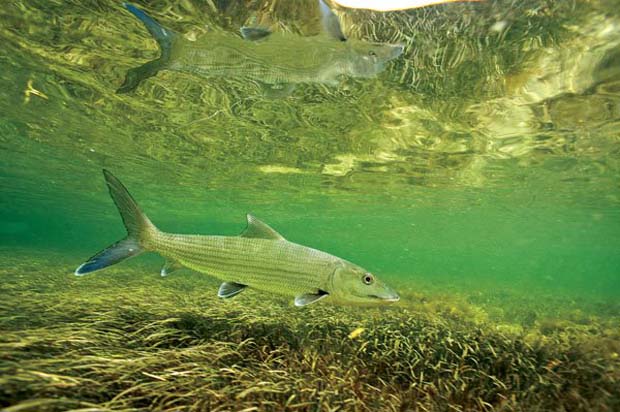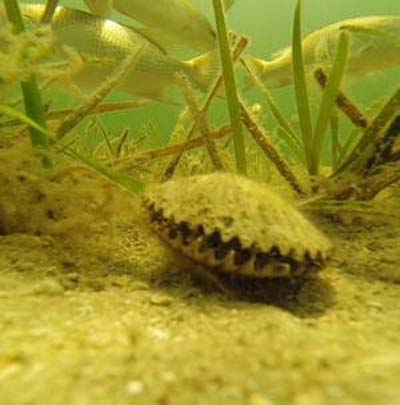Investing in Seagrass Can Yield Big Returns, But It Requires Patience
Marty Downs / The Nature Conservancy
[dropcap]C[/dropcap]oral reefs get a lot of attention for being showy – but if you’re a young fish, the humble seagrass bed could be just as important, concealing you and serving as your nursery habitat in the same way corals can. This role of seagrass beds has been widely documented, but it has been difficult to put a value on it – either for long-term fish populations or the financial value to a fishery or a community.
Now, a recent study partially funded by the Nature Conservancy puts the potential value of fish protected by a single hectare of seagrass at just over $US200K per year. The twist is, no one gets to cash in on that value until the fish grow up.
A Tipping Point for Seagrass Restoration?
These findings could be critical because, in almost every coastal region around the world, the area of seagrass beds is shrinking due to seafloor disturbance and impaired water quality, especially nitrogen from coastal lawns and septic systems.
And while restoration techniques have improved in the past decade, it remains difficult and expensive to restore seagrass beds. Think of all the work that goes into planting a flower bed, then imagine doing it underwater, in SCUBA gear, over many hectares. Restoration costs can range from $9,000 to over $1M per hectare.
Of course, a thriving bed of seagrass has beauty, function, and value apart from what it means to fisheries, but knowing what it contributes to improving fisheries stocks can help put the cost of restoration into better perspective. “I have always loved diving on seagrass beds,” says the study’s lead author, Philine zu Ermgassen. “From a distance they seem lawn like, but up close you get occasional glimpses of the small fish and crustaceans they provide valuable refuge to. This is one of the many reasons I feel that seagrass conservation is well worthwhile, and it is great to finally have put a number on the economic value of the commercial fish they may support.”
The authors of this study estimate the potential for intact seagrass beds to improve stocks of 13 fish species in southern Australia, using a method first developed to assess the value of oyster reef restoration in the southeastern United States.
Seagrass Means Significant Increases for Many Species
The approach is based on the observation that seagrass beds are most helpful to fish populations early in the life cycle when larvae are maturing into young (and vulnerable) fish – a stage known as recruitment. The authors combed through over 400 published studies for comparisons of juvenile fish populations in seagrass habitat and in nearby areas of bare seafloor, identifying 13 species of commercially important fish for which seagrass affected recruitment.

Between 70 and 90 percent of commercial fish spend part of their life in a seagrass habitat as do most all of our gamefish. Photo BoatUS.
For the species that are most reliant on seagrass, the numbers are striking. For flathead mullet, four times as many young of year fish recruited to an area of seagrass as to the same area of mud or sand bottom. For yellowfin leatherjacket and tarwhine, the comparable figures are 130 and 250 times as many fish.
The researchers then calculated how much additional fish biomass there would be in each following year if that juvenile population grew to a harvestable size at the average growth rate for that species with average mortality. Totaling the market value over the lifetimes of the fish, they arrived at a value of the seagrass habitat for each fish species.
With the estimate broken down by individual species, coastal managers will now be able to fine-tune calculations based on which species are present in their region. In areas with species that rely heavily on eelgrass in juvenile stages and when using low-cost restoration methods – such as seeding – the payback period can be well under 5 years. But probably no combination of species will justify restoration costs of $1M per hectare based on fisheries alone.







